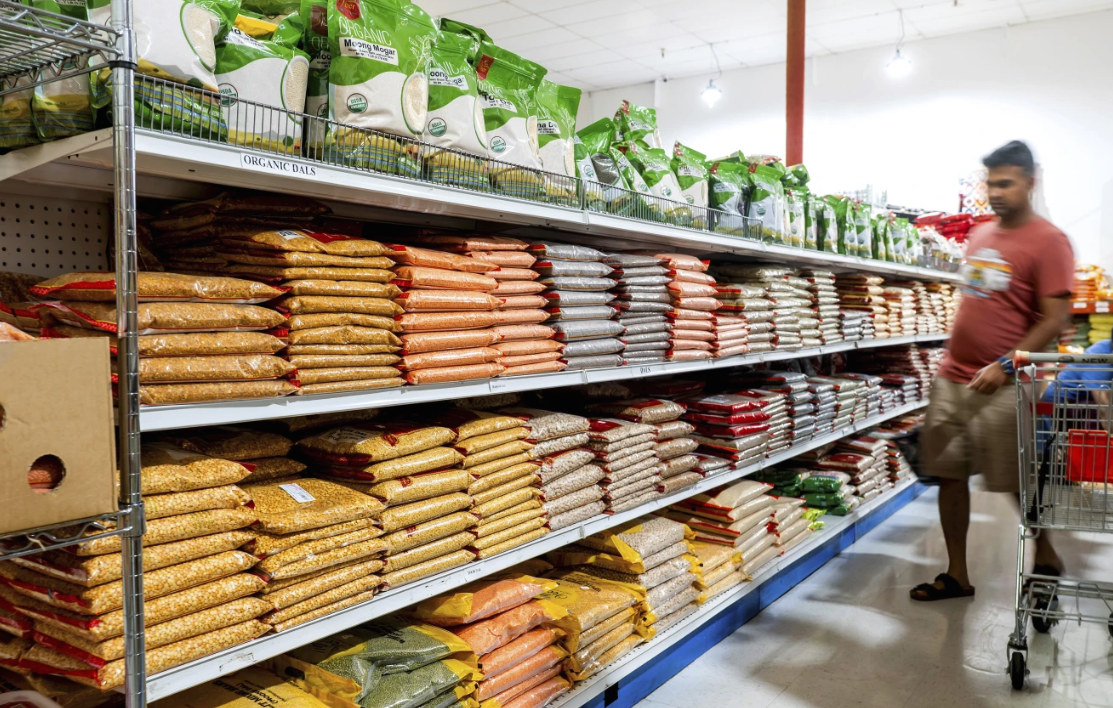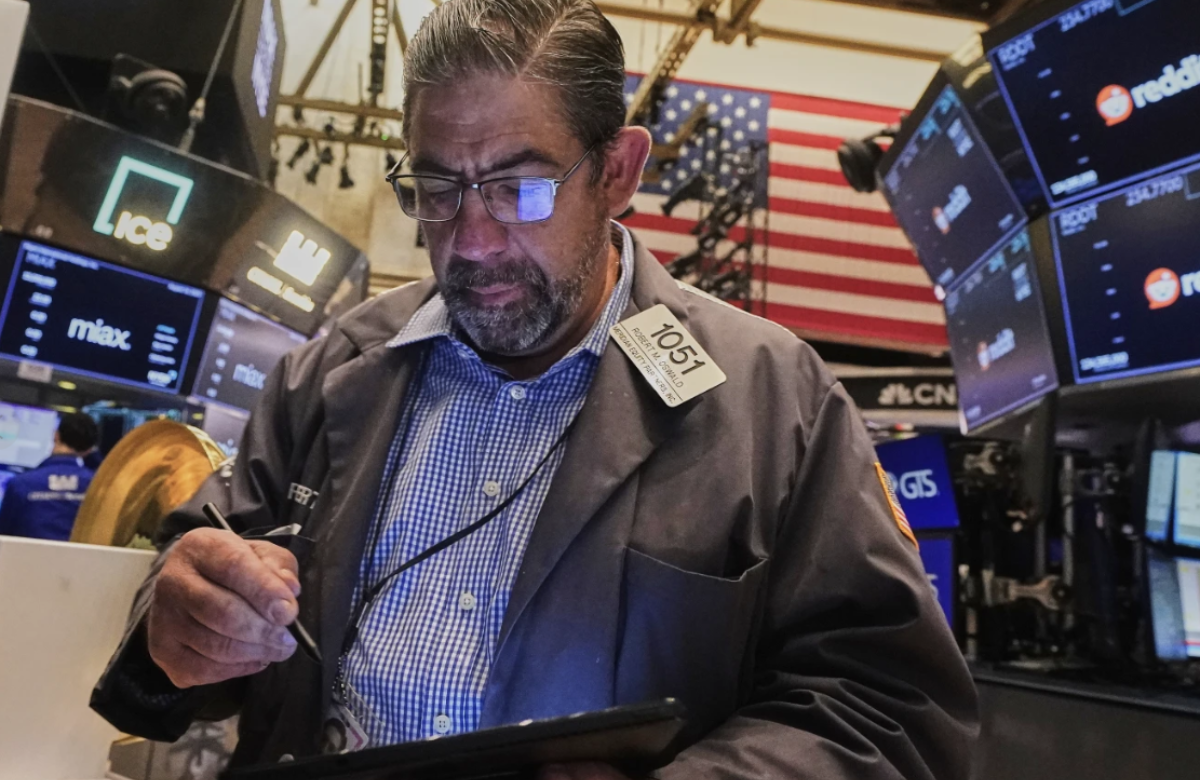The European Central Bank (ECB) reduced its benchmark interest rate for the eighth time, aiming to ease borrowing costs for businesses and consumers as trade tensions sparked by U.S. tariffs threaten to slow Europe’s already fragile economic growth.
On Thursday, the ECB’s rate-setting council lowered rates by 0.25 percentage points at its headquarters in Frankfurt, a move that had been widely anticipated due to the worsening outlook after U.S. President Donald Trump introduced a series of tariffs on April 2 and later threatened to impose a steep 50% tariff on European imports.
ECB President Christine Lagarde stressed at a news briefing that future rate decisions will largely depend on developments in global trade relations. She warned that if trade disputes escalate further, eurozone growth could weaken due to reduced exports, lower investment, and weaker consumer spending. Conversely, a swift resolution of trade and geopolitical tensions could boost confidence and economic activity. Lagarde also highlighted that increased government spending on defense and infrastructure, coupled with productivity reforms, could help support growth.
The ECB noted that rising government expenditures on defense—driven by efforts to counter Russia’s invasion of Ukraine—are expected to provide additional economic stimulus. This increase in spending comes amid concerns that the U.S. may be pulling back from its role as a steadfast ally, underscored by the absence of U.S. Defense Secretary Pete Hegseth at a recent meeting of nations coordinating military aid to Ukraine.
The bank made clear it is not committing to any fixed path for future interest rates, reflecting the uncertainty in the economic outlook.
With Thursday’s decision, the ECB’s benchmark rate dropped to 2%, down from a high of 4% reached during 2023-24. The central bank had previously raised rates aggressively to tackle inflation fueled by the pandemic rebound and the war in Ukraine. Now, with inflation easing to 1.9%—just below the ECB’s 2% target—there is scope for further rate cuts to support economic growth.
The trade conflict has intensified after Trump initially imposed a 20% tariff on European goods and threatened to increase it to 50%, expressing frustration with the progress of negotiations with the European Union’s executive commission, which oversees trade for the 27-member bloc. While both sides have agreed to pause tariff implementation and retaliatory measures until mid-July to allow talks to continue, uncertainty remains high.
Adding to concerns, Trump recently doubled the steel import tariff from 25% to 50% for all countries except the U.K. This escalation has heightened fears that Europe’s growth will fall short of expectations. The EU’s executive commission has already downgraded its growth forecast for the year from 1.3% to 0.9%, assuming that the 20% tariff might be negotiated down to no more than 10%.














